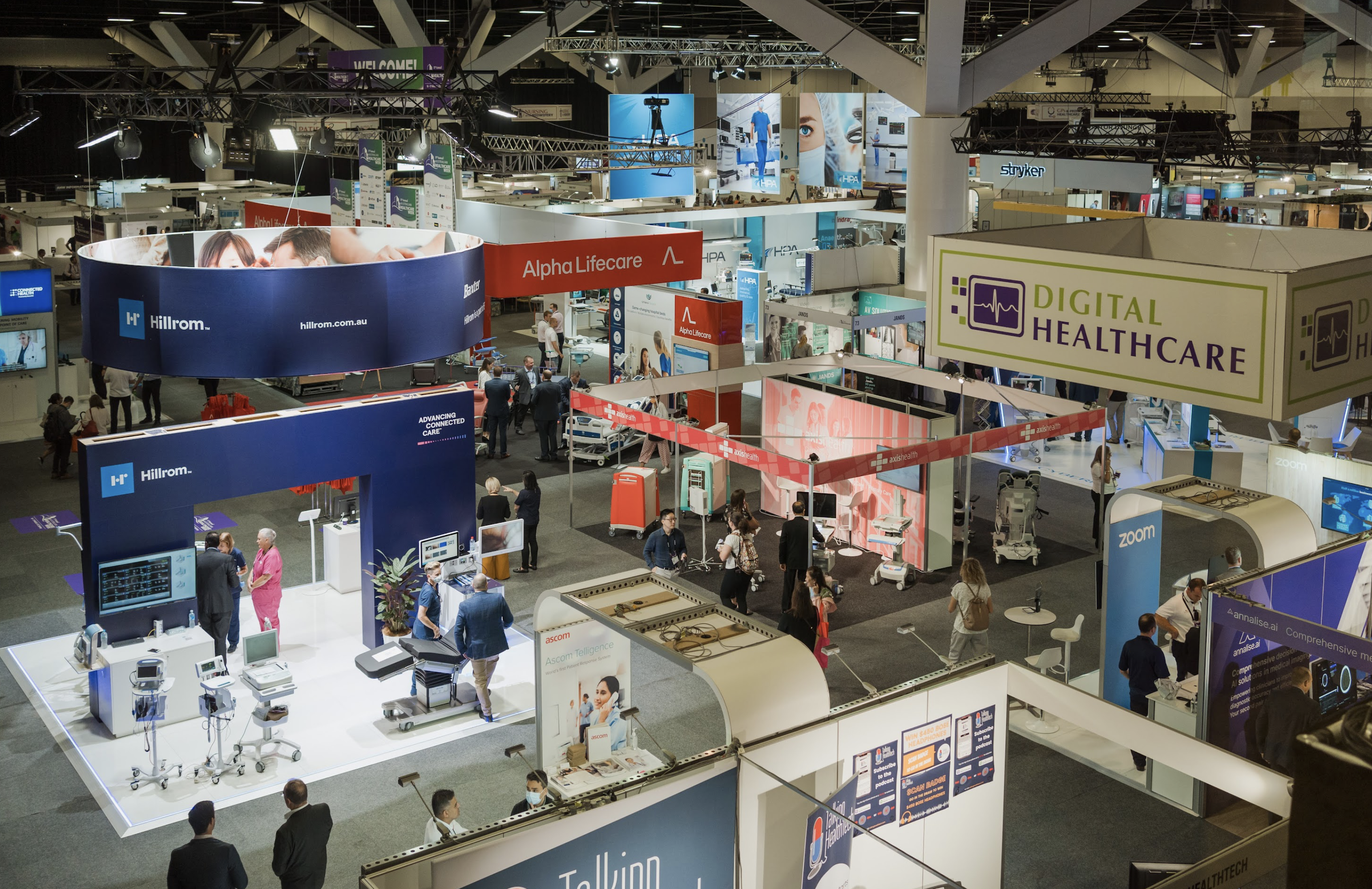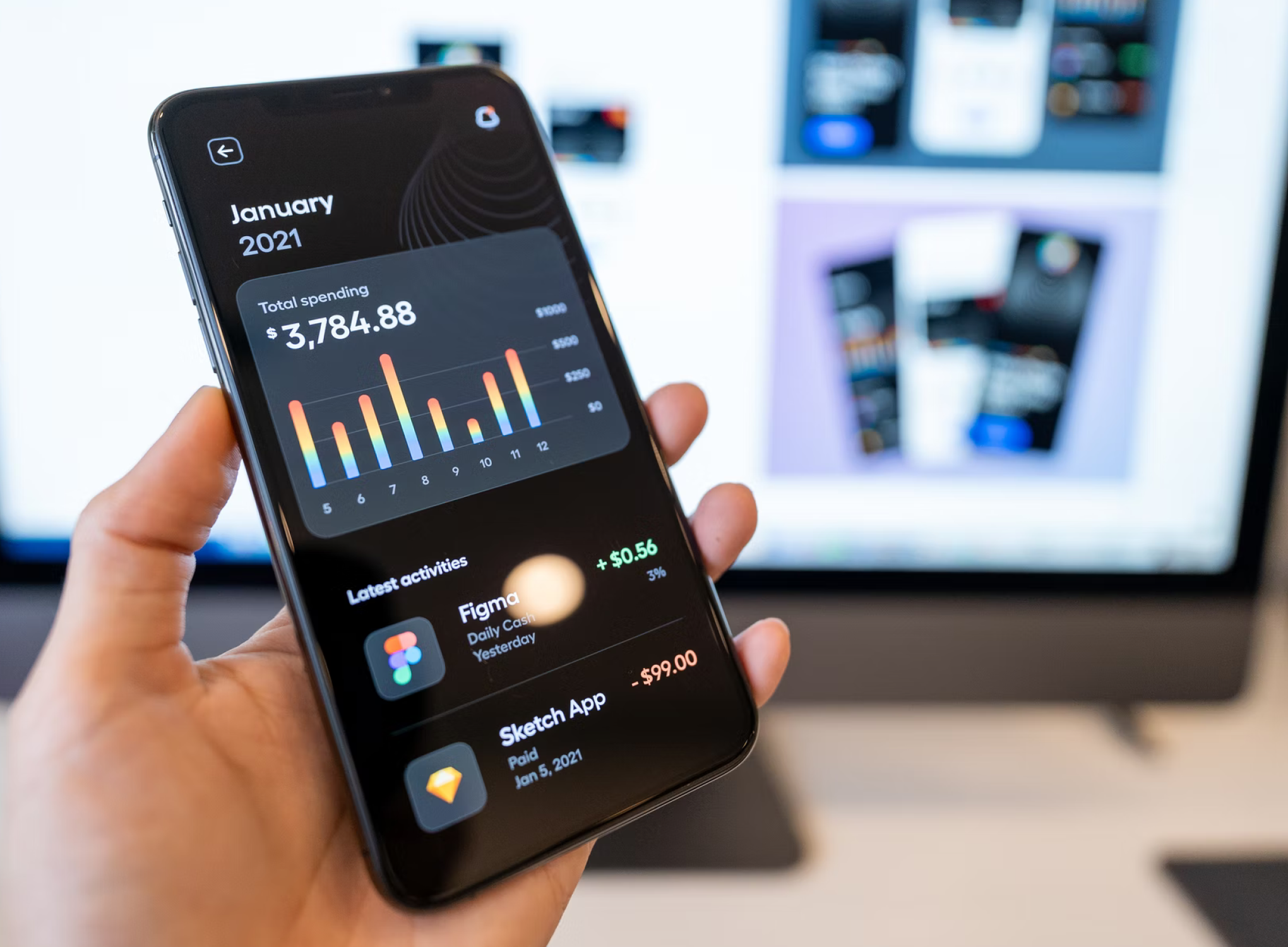Medical technology (MedTech) is on the verge of reshaping the healthcare business as we know it, allowing for more advanced and efficient patient care. Healthcare firms must keep up with healthcare tech developments not only to stay competitive but also to give the greatest possible patient outcomes. Emerging technologies in the healthcare business are being introduced at a rapid pace, promising better treatment options and more efficient care.
Innovation Driving Improved Healthcare
MedTech is providing faster and more cost-effective solutions to enhance patient outcomes, which can relieve strain on healthcare systems and workers. MedTech devices are ideally positioned to offer time-saving alternatives that improve the current standard of care by working alongside and instead of conventional treatment modalities.
MedTech can also treat chronic medical disorders permanently, rather than just maintaining a patient’s health over time. These technologies can improve treatment methods by needing fewer resources and time from healthcare experts, resulting in more cost-effective care.
The most difficult part of MedTech is figuring out how to reward innovation and risk without negatively impacting how the system works now: how can healthcare systems incorporate new and improved solutions into existing treatment programs without losing money or wasting time?
For MedTech devices to be successfully incorporated into healthcare systems, they must be simpler and faster to use for medical personnel, favoured by patients, and show improved patient outcomes. Importantly, the devices must do so at a lesser cost than currently available pharmaceutical treatments.
Enabling Technologies for Personalised Medicine
Personalised medicine (PM) is a promising way to improve the future of personalised healthcare for all citizens. Individualising patient care is one of the medical field’s main goals. From diagnosis through treatment selection and monitoring, personalised medicine uses a patient’s own data to personalise their care. From the preclinical to the clinical stages of validation, artificial intelligent systems will optimise combination therapy internationally.
PM is more of an evolution of medicine in a biotechnology and data-rich era than a paradigm shift. This evolution necessitates significant changes in the way healthcare is delivered, including new skills for healthcare personnel and unique delivery tools.
Strengthening Digital Solutions with VR and AR Technologies
Virtual Reality (VR) allows the wearer to have complete control over their visual and audio experiences while interacting in a wholly artificial environment. This environmental control can create virtual reality experiences that are either suppressed or exaggerated approximations of reality.
Through a “window-on-the-world,” Augmented reality (AR) allows the wearer to observe their original environment while inserting 2D or 3D pictures within it. This annotated window-on-the-world can be presented on a mobile device or on an unobtrusive HMD, with the onboard camera providing a live view of the surroundings. Contextually relevant visuals, reference data, or critical information are displayed alongside (rather than in place of) the physical surroundings in the medical setting.
As the industry has grown, 2 new classes of experiences have emerged: Merged Reality (MeR) and Mixed Reality (MxR). Both approaches achieve the same goal: allowing users to interact with digital things while maintaining a sense of presence in the real world. MeR records a user’s surroundings and re-projects them onto a VR-class HMD, allowing the user to mediate the world up or down as desired. This provides for a smoother transition between virtuality and reality, both mediated and unmediated.
By displaying digital items onto a semi-transparent display, MxR achieves a similar effect. As a result, the MxR platforms do not conceal or mediate the physical environment, allowing the user to maintain situational awareness and normal interactions with others who are not partaking in the MxR experience. This advancement has created a window of opportunity for intraprocedural usage of this type of technology, allowing clinicians to remain in their surroundings while viewing the virtual image.
Virtual reality (VR) and augmented reality (AR) are being used in healthcare for clinician training, patient education, advanced visualisation of complex anatomy in medical imaging and for procedural guidance.
How AI Technologies Accelerate Advancement in Medical Diagnosis
The use of deep learning in medical diagnosis to detect cancer is a noteworthy AI development in medicine. The AI system can identify breast cancer with the same accuracy as a conventional breast radiologist, according to a new study published in the Journal of the National Cancer Institute. Both radiologists and the AI system have demonstrated 95 percent confidence intervals.
Deep learning technology’s capacity to scan photos and discover patterns offer up the possibility of developing algorithms to help doctors diagnose diseases more quickly and correctly. Furthermore, such algorithms can improve their accuracy in guessing the proper diagnosis over time via learning.
In medical pictures such as MRIs, X-rays, and CT scans, AI-driven software can be taught to properly recognise indications of a certain disease. Similar technologies that process pictures of skin lesions already employ AI for cancer diagnosis. Doctors can more correctly identify patients and give the best treatment using such instruments.
Embracing MedTech for a Smarter Future
MedTech is propelling healthcare toward a more efficient future, allowing for better outcomes at a lower cost. Healthcare innovation is repeatable and consistent, and it is offering new and better approaches to managing patient well-being. Improving patient outcomes, particularly in the case of long-term conditions, can cut down on the time and resources needed by practitioners. However, first and foremost, healthcare systems must accept and adopt medical innovation.
The key to MedTech adoption is to strike a balance between patient needs and medical professional needs while also mitigating risks. More efficient and cost-effective treatment programs would aid healthcare systems in providing the finest possible care while also easing the stress imposed on them.
MedTech is in a unique position to spark good global change because of this. A bigger movement toward MedTech acceptance allows for more investment in the development of new medical technologies while also reducing the strain on the whole healthcare system, resulting in a better system for both patients and professionals.
Appello helps Healthcare institutions create outstanding MedTech solutions. Get in touch and a member of our development team would be happy to talk with you about how we’ve helped other companies make the transition.
Below are photos from the Australian Healthcare Week 2022 where Appello CEO, Cameron Woodford, and Commercial Director, Marco Viglione, provided information on various Medical Technology Software solutions.







